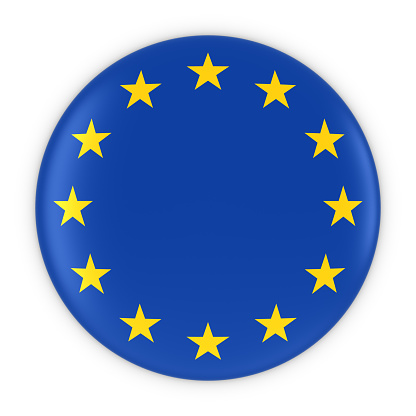Trading Halt Shows UN Carbon System in Jeopardy: Energy Markets
An unprecedented freeze in United Nations carbon trading is fanning speculation the five-year-old market designed to combat greenhouse-gas emissions in poor countries is in danger of becoming superfluous.
Not a single UN Certified Emission Reduction, or CER, changed hands on July 22 and July 23, according to data from ICE Futures Europe, keeping the market on course for the lowest monthly aggregate volume since March 2008. The 14.3 million tons of offsets bought and sold this month compares with the record 211 million tons traded in October and an average 52 million over the past 12 months.
The collapse shows factories, power stations and airlines in the European Union have already bought most of the 1.7 billion tons of UN credits they can use to offset domestic emissions through 2020. That threatens to undo a market formed under the 1997 Kyoto Protocol as a way for richer nations to help developing countries limit greenhouse-gas output.
“The CER market is walking on one leg” because supply outstrips demand, said Matteo Mazzoni, an analyst at NE Nomisma Energia Srl in Bologna, Italy, who correctly forecast in January that carbon permits would fall as low as 4 euros in the EU market, where UN offsets can be used for a portion of compliance. “Offsets have fallen deep down on the list of everyone’s priorities right now.”
The price for UN-overseen credits slumped 82 percent in the past year, reducing the incentive for developed nations from Germany to Australia to invest in less-polluting forms of energy in developing nations from Bangladesh to Brazil. CERs for December rose 5.7 percent to 56 cents a metric ton on ICE yesterday, when eight transactions totaling 66,000 tons traded.
$8.7 Billion
The UN’s Clean Development Mechanism has supported more than 6,900 projects in 87 countries and was worth $8.7 billion last year, according to Bloomberg New Energy Finance. The EU allows offsets generated by the projects to comply with obligations in its cap-and-trade program, the world’s biggest.
Emitters have used up or arranged to buy most of the UN offsets allowed in the EU market through 2020, according to Energy Aspects Ltd., a London-based research firm. One credit is equivalent to a one-ton reduction of carbon dioxide.
CER demand may recover as countries step up climate-friendly policies, according to Daniel Rossetto, the London-based managing director of Climate Mundial Ltd., an emissions-markets adviser. Prices have already more than doubled since sliding to a record low of 20 cents a ton on April 14.
“These offset credits are going to be essential tender for rich nations” as they tighten emission-reduction targets, Rossetto said by e-mail yesterday.
Government Demand
Governments may also buy CERs before 2015 to comply with their own caps under the Kyoto Protocol. Under the treaty, 38 rich countries must surrender Kyoto permits, known as Assigned Amount Units, or offsets to match their greenhouse-gas pollution from 2008 through 2012. Most have signed up to a second commitment period under Kyoto that will end in 2020.
Australia may allow emitters to use credits from Kyoto programs for 6.3 percent of their obligations under a carbon-trading program proposed to start in 2014, the government said in a policy summary this month.
The European Energy Exchange AG in Leipzig, Germany, CME Group Inc. in Chicago and New York-based Nasdaq OMX Group Inc. handled no CER futures or spot contracts on July 22 and 23, according to data from the exchanges.
In Jeopardy
The role of the CDM is in jeopardy even as policy makers around the world favor carbon markets as the tool of choice for tackling global warming, the secretariat of the UN Framework Convention for Climate Change said in a presentation to the market’s executive board at a meeting in Bonn this week.
Trading in CERs has been further hampered after the European Commission, the EU’s regulatory arm, clarified last week how emitters can use a cheaper form of UN offsets called Emission Reduction Units to meet the bloc’s emissions obligations.
ERUs, created from carbon-reducing projects in developed nations, gained 12 percent to 29 cents yesterday. The contracts fell to a record 6 cents in May after the EU said it may restrict the use of some ERUs.
“There’s not much to justify” spending almost twice as much on a CER as an ERU, Trevor Sikorski, a London-based analyst in London for Energy Aspects, said yesterday by phone.
Fonte: bloomberg.com



